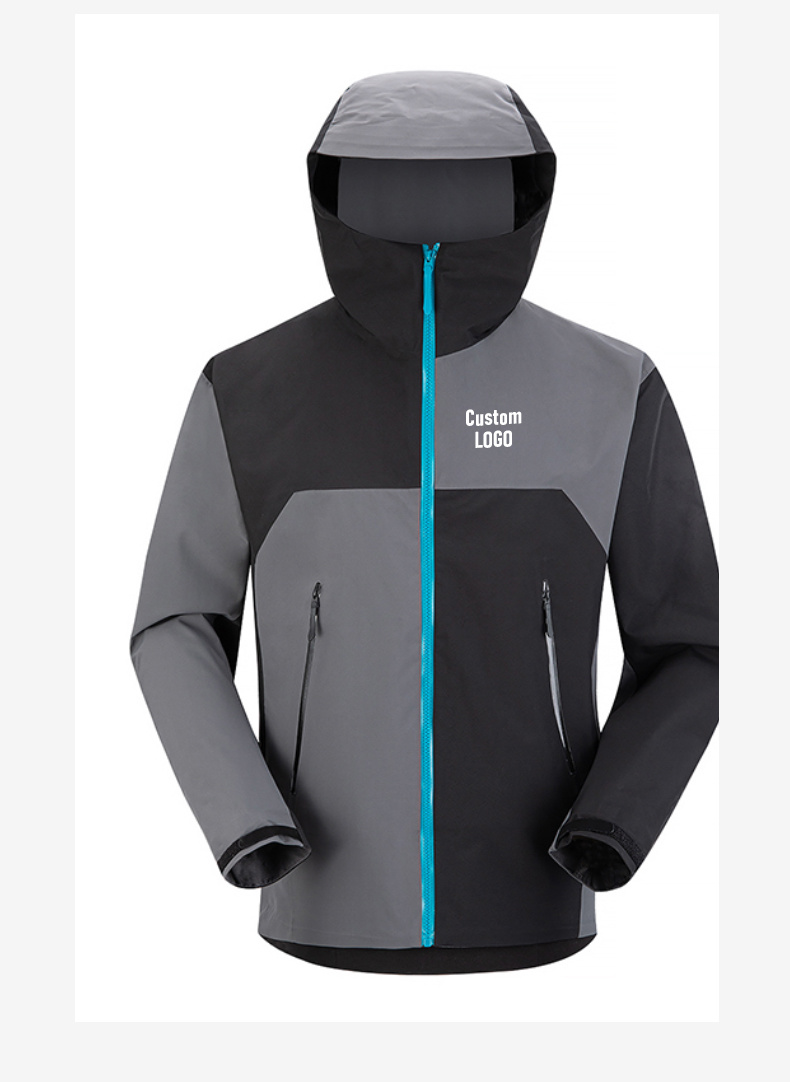Nylon: The Unsung Hero of Waterproof Fabrics
2025-08-14
Introduction to Nylon's Waterproof Capabilities
When it comes to outdoor gear, clothing, or even everyday items, the question on everyone's lips is often, how waterproof is nylon? This synthetic fabric, known for its durability and versatility, plays a crucial role in various industries—from fashion to camping gear. But just how well does it stand up against the elements?

Nylon: A Quick Overview
Nylon is a type of polyamide, and it was first introduced in the 1930s. It's lightweight, strong, and resistant to abrasion, making it a popular choice for everything from parachutes to high-performance jackets. But let's not forget about its water-resistant qualities, which can either be a hit or a miss depending on what you're looking for.
Water Resistance vs. Waterproof: What's the Difference?
Alright, let's get this straight! Water resistance and waterproofing are not the same thing. Water-resistant fabrics can repel a light drizzle, while waterproof materials can withstand heavy rain without letting a drop in. So, where does nylon fit in? Well, it depends on how it's treated and the specific type you're using.
Types of Nylon and Their Waterproofing
There are several types of nylon, each with varying levels of water resistance. For instance, ripstop nylon is often used in outdoor gear and comes with a special weave that helps reduce the risk of tearing. But even ripstop nylon isn't completely waterproof unless it's treated with a Durable Water Repellent (DWR) finish. This treatment allows water to bead up and roll off, but over time, it can wear off, necessitating re-treatment.
Nylon 66 vs. Nylon 6
Another factor to consider is the type of nylon—Nylon 66 and Nylon 6 are the two most common. Nylon 66 tends to have better water resistance due to its molecular structure. If you're in the market for waterproof gear, look for products made from Nylon 66 or those that have been specially treated.
Testing Nylon's Waterproof Abilities
Now, you might be wondering, how waterproof is nylon really? One way to test this is through the Hydrostatic Head test. This test measures the amount of water pressure a fabric can withstand before it starts leaking. Generally, a rating of 1,500 mm or higher is considered waterproof, while ratings below that indicate water resistance.
Real-World Applications
In practical terms, many outdoor enthusiasts rely on nylon for tents, backpacks, and rain jackets. These products are often designed to keep you dry in moderate to heavy rain. However, if you're planning to trek through a monsoon, it might be wise to invest in a fully waterproof fabric like Gore-Tex, which incorporates a nylon outer layer.
Maintenance: Keeping Nylon Waterproof
So, you've invested in some great nylon gear, but how do you maintain its waterproof qualities? Regular cleaning and re-treatment are key! Use a specialized detergent designed for technical fabrics and follow it up with a DWR spray after washing. This little bit of TLC can go a long way in ensuring that your nylon items keep you dry for years to come.
Conclusion: Making the Right Choice
In conclusion, the question of how waterproof is nylon can be answered with a resounding "it depends!" If you're in the market for waterproof gear, always look for nylon that has been treated for water resistance, and check the specifications. Remember, not all nylon is created equal, and knowing the right type can save you from a soggy situation.
So, whether you're hiking, camping, or just caught in an unexpected downpour, understanding nylon's capabilities can help you make informed decisions. Get out there and enjoy the great outdoors—rain or shine!









